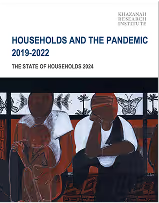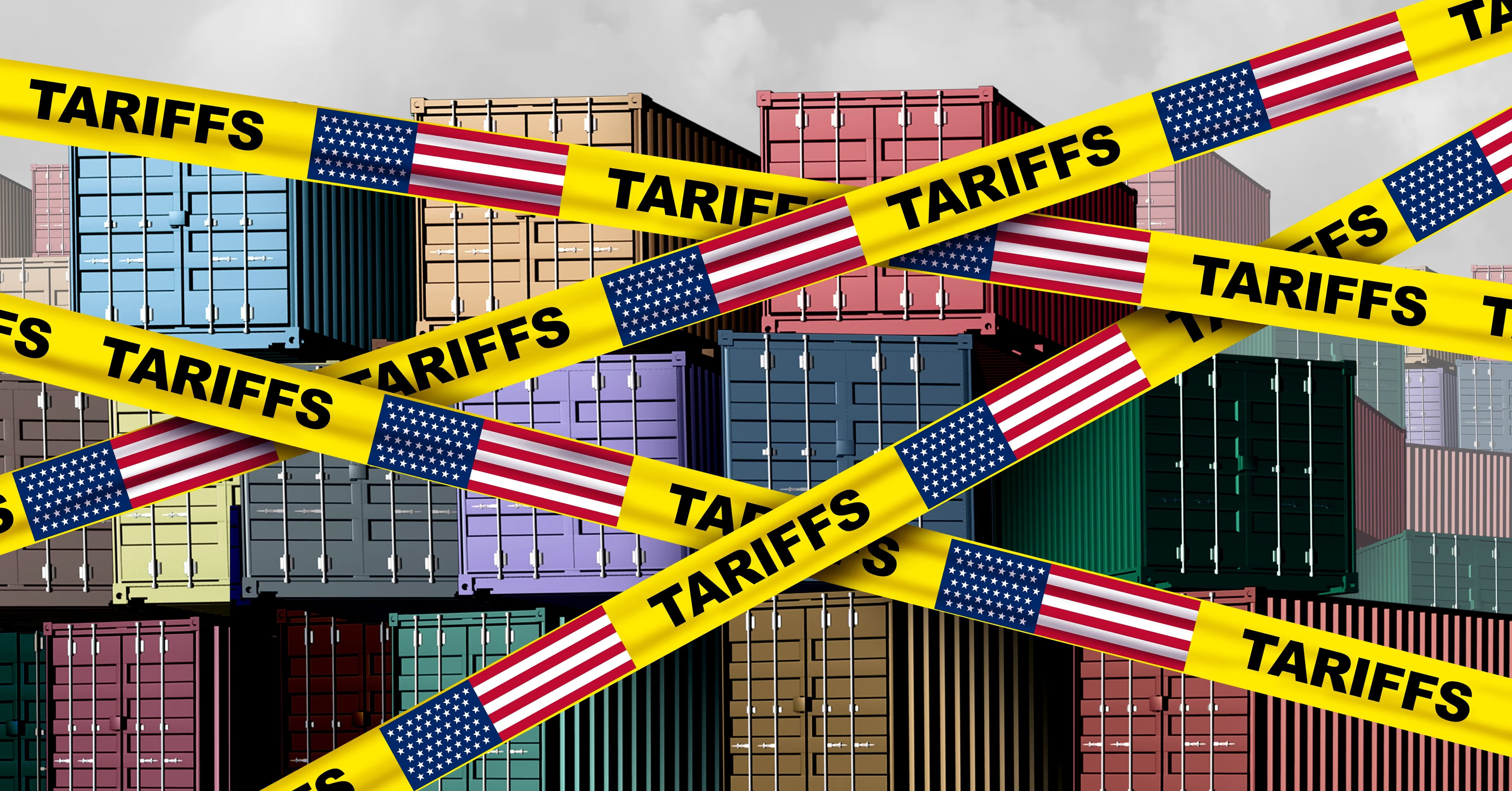
Introduction: A Conflict between Ambition and Prudence
With the federal budget set for announcement on October 10th, Malaysia stands at a crossroads. This budget is the first critical outlay under the 13th Malaysia Plan (13MP), a blueprint defined by a fundamental conflict: its bold ambitions versus a rigid commitment to fiscal conservatism. The plan’s goals to “Raise the Ceiling” (increasing economic complexity) and “Raise the Floor” (improving social mobility) are laudable [1]. However, its simultaneous commitment to slashing the fiscal deficit to below 3% of GDP (Strategy C4.4) creates a self-sabotaging paradox.
This is immediately evident in the total Development Expenditure (DE) allocation of RM430 billion over five years, which annualises to just 3.4% of GDP—a significant cut from the 4.5% during the 12MP. This constrained budget is fundamentally at odds with the high-cost national transformation it is meant to fund, risking Malaysia’s entrenchment in the Middle-Income Trap.
The Dual Dangers of a Conservative Budget
The government's fiscal stance creates two simultaneous and interconnected threats: it starves the real economy of productive investment while engineering financial fragility in the private sector.
1. Starving the Engine of Growth
Modern industrial history is clear: developing complex sectors like semiconductors and green energy requires patient, front-loaded public investment [1]. While funding alone doesn't guarantee success, its absence guarantees failure. The proposed budget is insufficient to drive this transformation, making it highly unlikely that Malaysia will meet its targeted Gross Expenditure on R&D (GERD) of 2.5% of GDP, seeing that the same target was not achieved during 12MP even though the budget as a percentage of GDP was higher.
This funding gap is compounded by the Public Finance and Fiscal Responsibility Act (2023), which gives legal force to the 13MP’s fiscal targets by capping government debt and fiscal deficit to below 60% and 3% respectively, while also limiting government guarantees to 25% of GDP [2]. With current guarantees near 21% [3], this curtails a key financing tool used successfully by economies like China, whose policy banks funded development via government-guaranteed bonds [4]. This underinvestment will have severe consequences:
- Weakened Competitiveness: Key national projects like the National Semiconductor Strategy (NSS), National Energy Transition Roadmap (NETR) and R&D commercialisation will be starved of capital, leaving their success dependent on volatile private markets and undermining technological self-reliance.
- The Middle-Income Trap: Without funds for industry upgrading, Malaysia will fail to create high-wage jobs. The data is already alarming. According to DOSM, the number of high-skilled jobs shrank from 24% of total employment in 2017 to 22% in 2021 [1]. DOSM also reported that skills-based underemployment has risen from 32.3% to 36% in the same period [2]. This trend directly threatens the goal of raising employee compensation to 40% of GDP.
- Eroding Social Welfare: Critical reforms in public healthcare (where spending lags behind peer nations [3]) and TVET modernisation will remain undercapitalised, directly contradicting the 13MP’s social upliftment goals.
2. Engineering Private Sector Fragility
Beyond strangling growth, fiscal consolidation creates an immediate financial risk, a reality dictated by the Sectoral Balances Identity:
(S-I) = (G-T) + (X-M)
Where (S−I) is the private sector balance (Savings - Investment), (G−T) is the government's fiscal balance, and (X−M) is the current account balance. Rewritten in simpler terms, this means:
Private Sector Net Savings = Government Deficit + Current Account Surplus
As the government cuts its deficit from the 12MP average of nearly 5% to below 3%, it directly reduces a key source of income for the private sector. This squeeze is set to be magnified by dimmer global prospects. A worldwide economic slowdown would weaken demand for Malaysia's exports, causing the current account balance (X−M) to shrink or even turn negative. This fiscal tightening is also fundamentally pro-cyclical. For an externally-driven economy like Malaysia's, standard Keynesian policy prescribes widening the deficit during a global slowdown to cushion the domestic economy from external shocks—the exact opposite of the current plan. This means the private sector would have to compensate for falling income from both the government and foreign sectors, dramatically increasing the pressure to either cut investment and consumption or accumulate unsustainable levels of debt.
This policy substitutes public prudence for private vulnerability, pushing an indebted private sector toward a Minsky-style crisis. The growing debt of an already heavily indebted private sector could trigger a vicious cycle of forced asset sales, debt deflation, and collapsing prices—a crisis rooted not in public profligacy, but in government-engineered private overleverage.
This policy substitutes public prudence for private vulnerability, pushing an indebted private sector toward a Minsky-style crisis
A Better Path: The Developmental State Alternative
Austerity is not the only answer. A strategic, developmental-state approach offers a more effective path. This approach must learn from the past; instead of creating insulated ‘national champions,’ policy should foster competition among domestic firms that receive strategic government support, ensuring that public investment drives genuine innovation and competitiveness.
Growing GDP to Manage Debt
Fiscal health is mainly a ratio of debt-to-GDP. Instead of just cutting spending, a more dynamic strategy is to grow GDP faster than debt. This requires investing in higher-value, export-oriented industries and reducing import leakage. Failing to transform the economy means growth will eventually hit a balance-of-payments ceiling, making fiscal health unattainable. Furthermore, a successful structural transformation expands the tax base by creating more higher-wage jobs, directly improving the government’s fiscal position and helping to address the high dependency on the 16.5% of the labour force that currently pays income tax.
Rethinking Debt Ownership: The EPF Solution
The risk of public debt depends heavily on who owns it. Instead of pacifying foreign creditors, the government should encourage domestic institutions like the Employees Provident Fund (EPF) to hold more government debt. This is not a radical idea but a return to a successful past model. The EPF Act (1991) itself allows for this, and in the 1980s, the fund held up to 90% of its assets in government securities, financing the state-led modernisation that built Malaysia's middle class. This stands in stark contrast to the present; in 2022, the EPF's holdings of Malaysian Government Securities (MGS) amounted to only about 25% of its investment portfolio.
Critics rightly point to the risk of 'financial repression,' arguing that this strategy forces EPF contributors to accept lower, non-market returns on their savings. However, this perspective overlooks two critical benefits. First is the immense macro prudential value of domestic debt ownership, which insulates the economy from the volatility and capital flight risks associated with heavy reliance on foreign creditors. Second, and more importantly, this is not merely an investment in government bonds but an investment in the entire domestic economy. By funding a successful structural transformation, this strategy creates a holistic, long-term return: it generates higher-wage jobs, expands the number of EPF contributors, and boosts the value of the EPF's entire portfolio of Malaysian assets, creating a virtuous cycle that a narrow focus on short-term bond yields fails to capture.
Furthermore, some would argue that relying on pension funds is unnecessary when the government can finance its spending directly through the central bank. While this approach is often dismissed over fears of causing inflation, a growing body of scholarship contends that inflation is not caused by the source of money, but by real-world supply constraints, distributional conflict and exchange rate devaluation. The growth in money supply in such episodes is not the cause of inflation, but rather it is due to the banking system accommodating the demand for credit to finance their higher nominal cost. Nevertheless, given these persistent inflation concerns, the pension fund option remains a more politically palatable starting point, even if the risks of direct financing are often overstated.
Conclusion: A Call for Strategic Boldness
The upcoming budget must prioritise strategic investment over rigid fiscal targets, leveraging the viable domestic financing paths grounded in Malaysia's own developmental history. The pursuit of a 3% deficit is incompatible with the transformative ambitions of the RMK13. The choice is clear: embrace proactive, patient public spending to break the Middle-Income Trap, or risk a contractionary path that perpetuates underemployment and social inequality.






.jpg)








_1.avif)